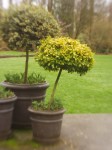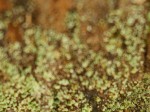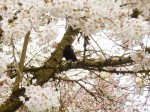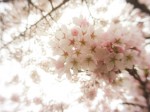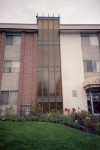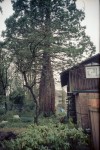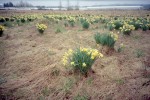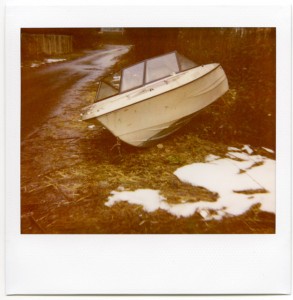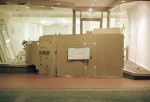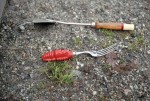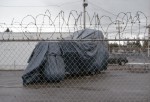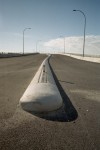May
16
2014

I shot an entire roll of film through my Olympus OM1…twice. It was on purpose of course and I took quite a bit of care in lining the film up for the second go around. I achieved this by making a small scratch on the film so that I could align it the same both times. This actually was harder than it sounds as each time you start loading the film it’s like some sort of random position generator. The first exposures were all of various line art from old technical books and some of my own block prints. What I discovered was that such small areas of high contrast like this were not ideal for double exposures. Many of the line art images are lost in the other second images. However that is how you learn and improve. I added a further layer of complexity to my endeavor by making a list of all the images and then trying to make some sort of match between the two. Here are some of the better examples from this test, in the future I think I would make sure that I used larger areas of dark and light so it makes more of a cut out effect of the second image. The other thing is that despite the visual contrast of black on the white of paper this isn’t nearly enough contrast. Not like what you get from a light source and a silhouette.
1 comment | tags: camera, film, olympus | posted in Photography, Processing
May
12
2014

In the image above the lenses on the right side are all homebrew lenses I made for the Pentax Q. I purchased three Q mount to C mount adapters, took them apart and used only the part that mounts to the camera. The lenses themselves are a 12mm pancake distortion creator a 35mm f2.8 and the newest one a 40mm f1.9 from a Canon AF35ML which is currently set to a fixed focus point and aperture and works like a macro lens. They are of course manual focus and with the conversion factor the 40mm has a field of view similar to a 220mm lens on a ‘full frame’ sensor or 35mm film. Each one of these lenses has limitations in the quality of the image they produce but are a fun way of experimenting.
no comments | tags: Digital, lenses, Pentax | posted in Cameras, Photography
May
7
2014

Here are some more images from the fantastic little Ricoh R1 camera using 100 ISO Kodak Ektar. A follow up to Ricoh R1
2 comments | tags: film, Photography, Ricoh | posted in Cameras, Photography
May
3
2014
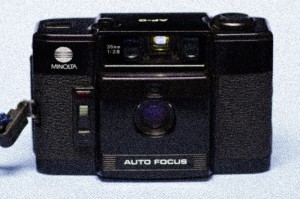 (Yes the picture of the camera is grainy it earned it)
(Yes the picture of the camera is grainy it earned it)
I had high hopes for this camera as it is a compact and is touted to have an excellent 6 element lens. Those things may be true but unfortunately for me my first roll was under exposed. I’m not entirely sure if it was a problem with the batteries or the camera but in any case it was consistently under exposing. Which tends to give you images that look like this viewed at 100%. (Fuji Superia 400)
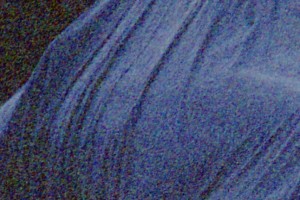
Despite the exposure issue it is an attractive camera with an interesting design. It has some similarities with the Olympus XA notably that they both have a sliding lens cover and 35mm f2.8 lenses. They are of very similar size with the Minolta being slightly taller and they both use a thumb wheel to advance the film and set the shutter. They differ though in that the Minolta AF-C is autofocus and auto exposure while the Olympus XA is a rangefinder and aperture priority. Had it not been for the exposure issues I had I’m sure that I would be saying that the Minolta was the better camera to use as the rangefinder on the XA is very small and fiddly.
no comments | posted in Cameras, Photography, Processing
Apr
26
2014
A follow-up to my Ode to Spring it is such a beautiful time of year here in the Lower Mainland (that’s what we call this area within British Columbia) that I have a few more Spring pictures to share.
And to counteract my own post regarding cell phones and photography here is a 3D image of fellow photographer Duncan Turner of DLT Photographic taking a macro image on film with a Olympus OM10. I hope that’s colour film in there.
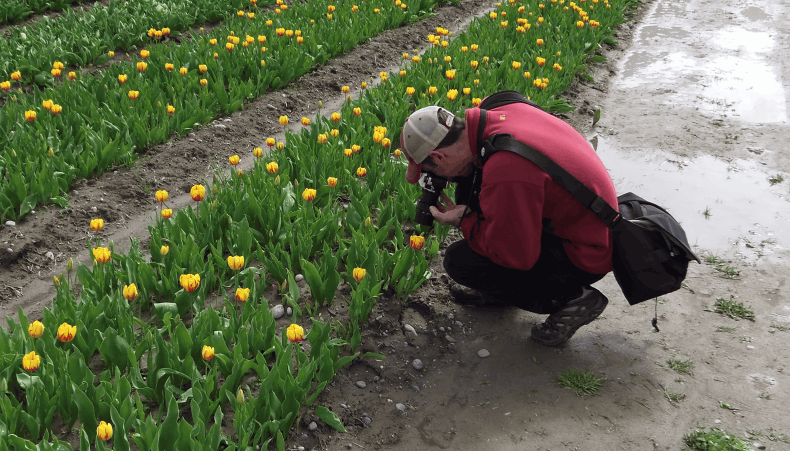
2 comments | posted in Photography
Apr
23
2014
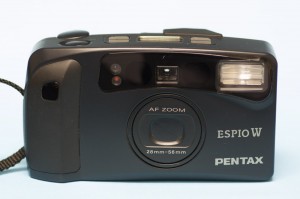
I have to admit it was the 28mm focal length that attracted me to this camera and pretty much nothing else, I am that shallow. However it turns out that within its extremely limited range it’s actually a camera (No I did not forget to place an adjective it literally is a camera). The zoom is a paltry 2X going from 28mm to 56mm with apertures of 4.5-8.6. Not exactly a low light star and the lens is only actually sharp in the center but its 28mm people why else would it be called the W.
So the good: 28mm and large buttons and display. The Bad: 56mm isn’t exactly telephoto (See image of seal bellow) and pictures look vaguely like they have been smeared with vaseline but only in the corners so that’s okay.
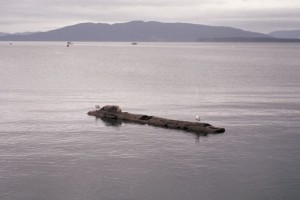
no comments | posted in Cameras, Photography
Apr
20
2014
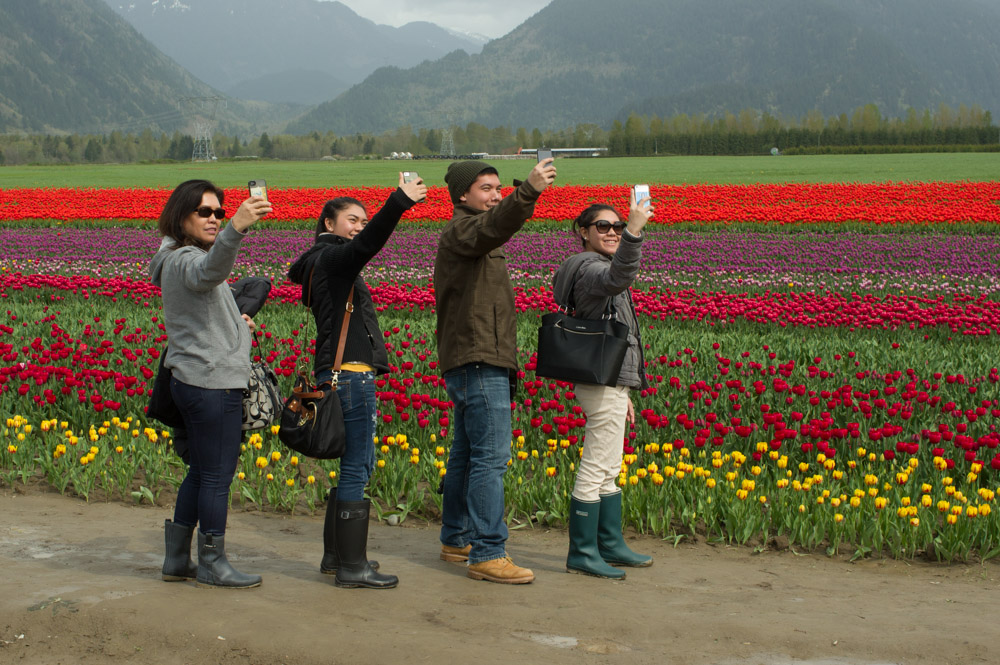
For many photographers and those interested in photography there may be a bit of a bubble effect where, we are interested in cameras so we think everyone else is too, but we are in our own little world because most people have given up on single purpose photographic devices (i.e. cameras). Sure there are more people taking pictures now than there ever has been before but they are not doing it with ‘cameras’. It wasn’t that long ago that if you wanted a picture of something you needed a camera, so that’s what people had hanging around their necks and in their hands at destinations like this Tulip festival. Now with the proliferation of ‘smart phones’ having a camera is no longer a necessity. Cell phones and tablets serve the function of proving you attended somewhere or something. The change hasn’t occurred to the same degree for those of us that fancy ourselves as ‘photographers’ with our cameras and lenses but for everyone else they just don’t need to go out and buy a separate camera if what they already have serves that function well enough. You can see the camera industry reacting to this, although slightly behind, by dropping the basic point and shoot camera and concentrating on niche higher end cameras for the bubble people and maybe to convince a few cellphoneographers to enter the bubble. Where will this all lead us? Leaving the social media and sharing aside for a moment I think that there is likely to continue to be different devices for different photographic purposes of which cell phones are only one. Now the survival of film that is another story.
1 comment | tags: cell phone, Photography | posted in Art observations, Photography
Apr
19
2014
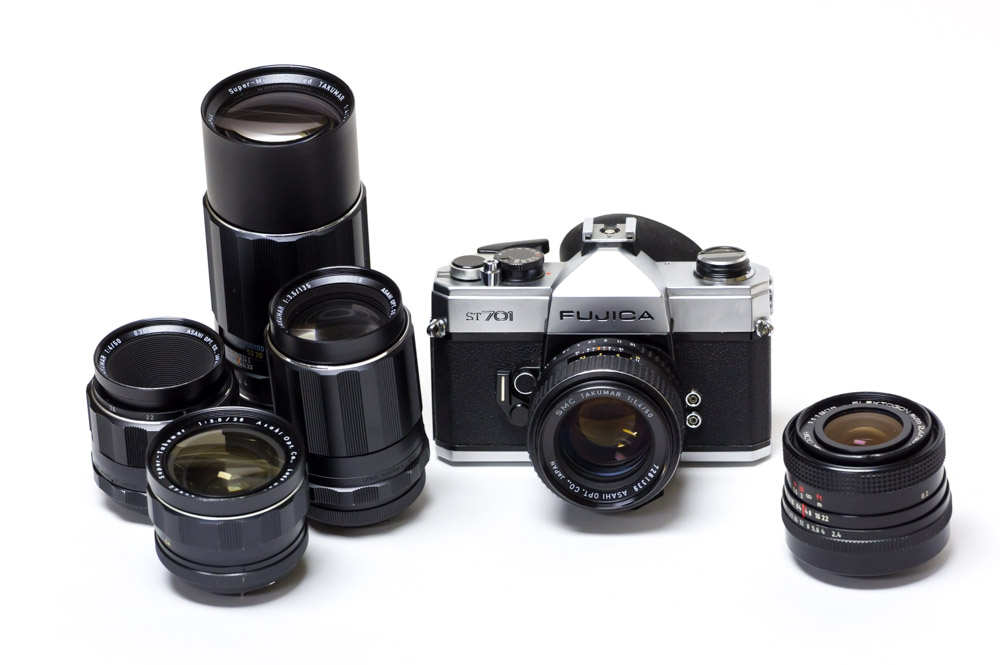
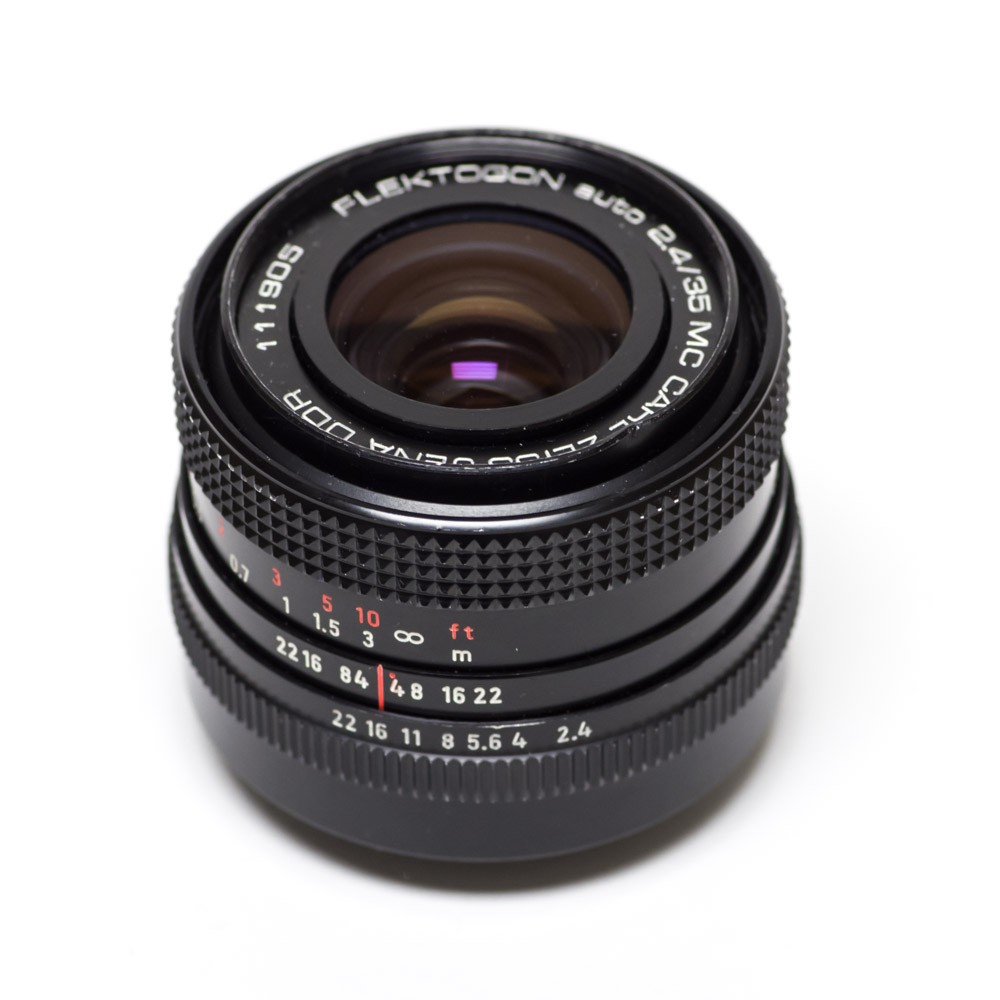
This is really two posts in one. How good the Fuji St701 is with Pentax Lenses and how terrible the Ziess Flektogon 35mm F2.4 is. It started when I pulled out some M42 lenses to put together a complete kit centered around my Fuji st701. The other lenses are Pentax Takumars (28mm f3.5/50mm f1.4/ 135mm f3.5/200mm f4) but I also wanted to give the Zeiss Flekton 35mm a try. Wow what a terrible lens it’s like a Lens Baby without the configurability.
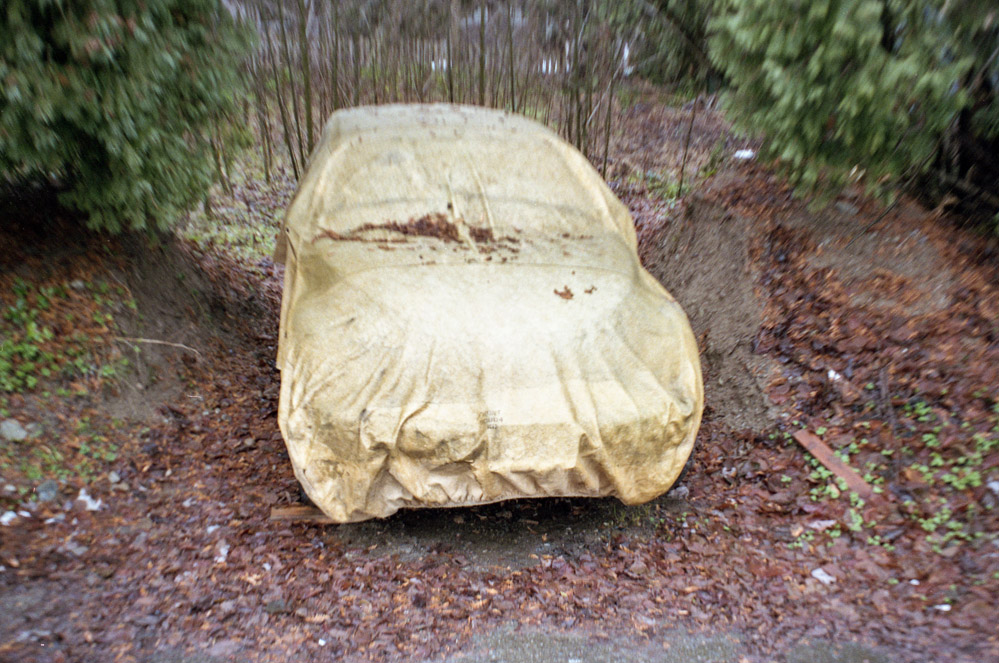
In case you thought that was a one-off aberration here is some more eye candy.
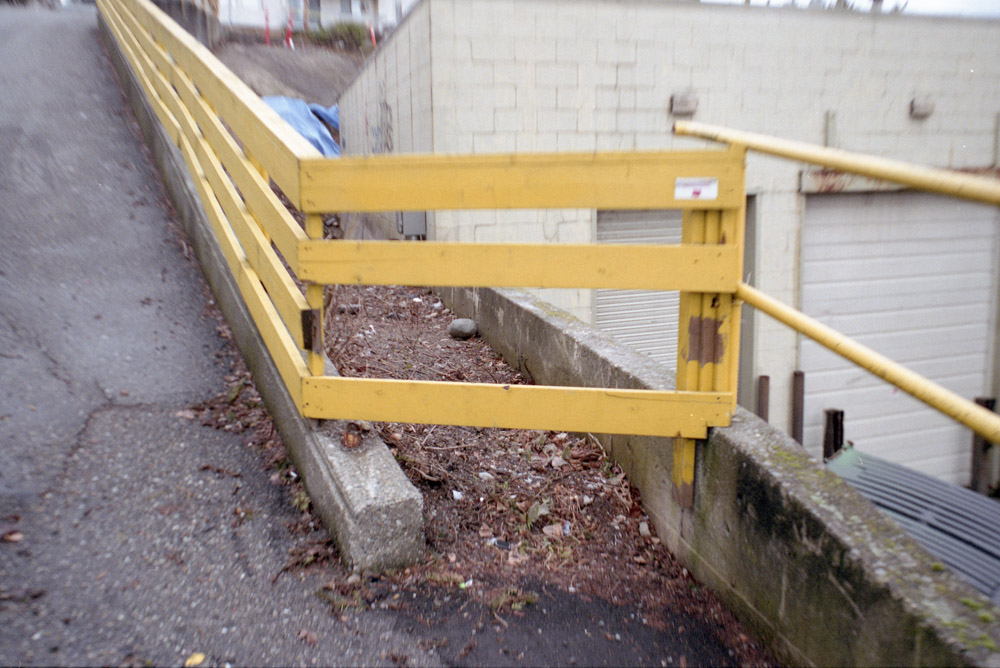
There are many cases online of people who are happy with this lens but it seems to me that most instances of this are of people using it on digital cameras with smaller sensors and therefore only using the center portion. Perhaps I have a case where my lens has some mis-aligned element but it seems properly centered so I think that is doubtful. I just think that wide open it’s not that good.
Now for the other part of the post. I think the Fuji ST line of cameras are probably the best cameras available for the M42 mount. They have an exceptionally bright viewfinder and are very well-built.
As a side note it may be a bit of a stretch to say that the latest Fujifilm digital camera the X-T1 has ST701 DNA in its design but that camera does look nice. 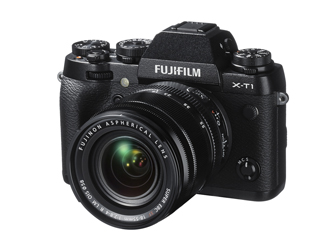
Here are some images shot with the other lenses and maybe one or two from the Zeiss you might be able to spot those ones.
1 comment | tags: Cameras, film, Fujica, Photography | posted in Cameras, Photography
Apr
16
2014
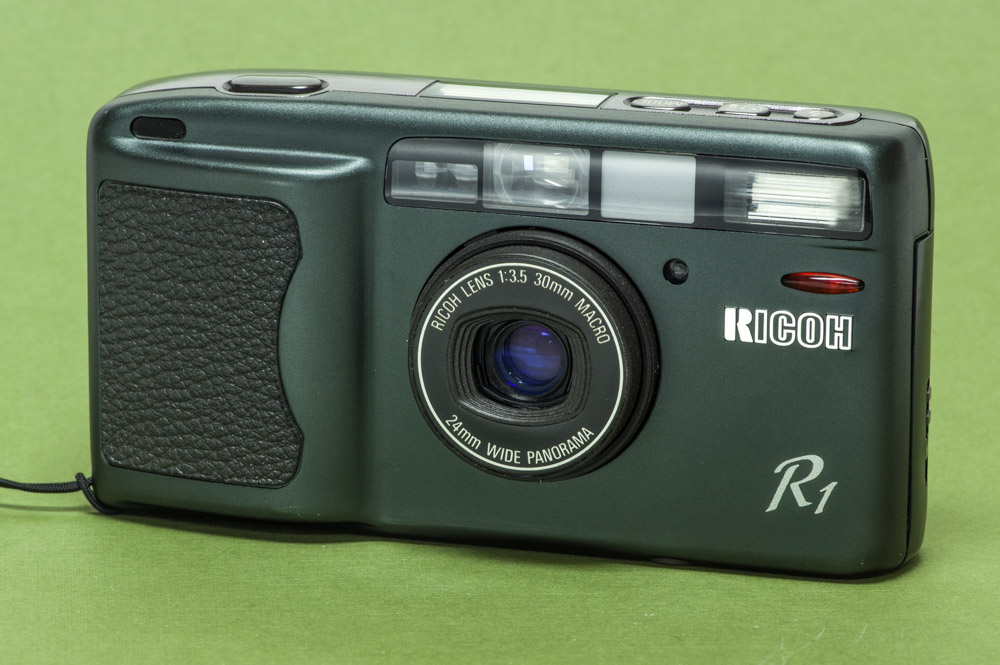
The Ricoh R1 is like two cameras in one. A high quality 30mm point and shoot and a 24mm panoramic riot of distortion. For my purposes I think I will stick to 30mm. That is the cameras native focal length and it’s only by swinging extra lens elements into the optical path that the 24mm is created. Some people disable the panoramic masking at 24mm to allow the full 35mm frame to be exposed but the result is a mix of the distortion I mentioned and severe vignetting.
While not as small as the Olympus Stylus Epic it has superior ergonomics and controls and still fits in a pocket easily. As for 30mm as a focal length it is a bit wide but not as much as 28mm. I tend to prefer 35mm but this is a decent compromise.
It really is a testament to the design of this camera that 20 years later Ricoh is still making digital cameras that take their design cues from the R1. Additionally the iconic GR series of film cameras were an improvement on the R1 while retaining similar ergonomics.
In this 100% crop you can see really see the quality of the 30mm f3.5 optics at the center. It’s not as good in the corners but is still respectable.
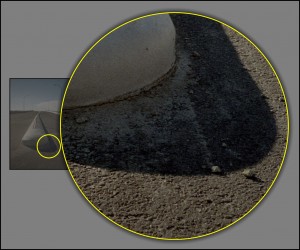
And now for the pictures.
3 comments | tags: camera, film, Photography, Ricoh | posted in Cameras, Photography



















